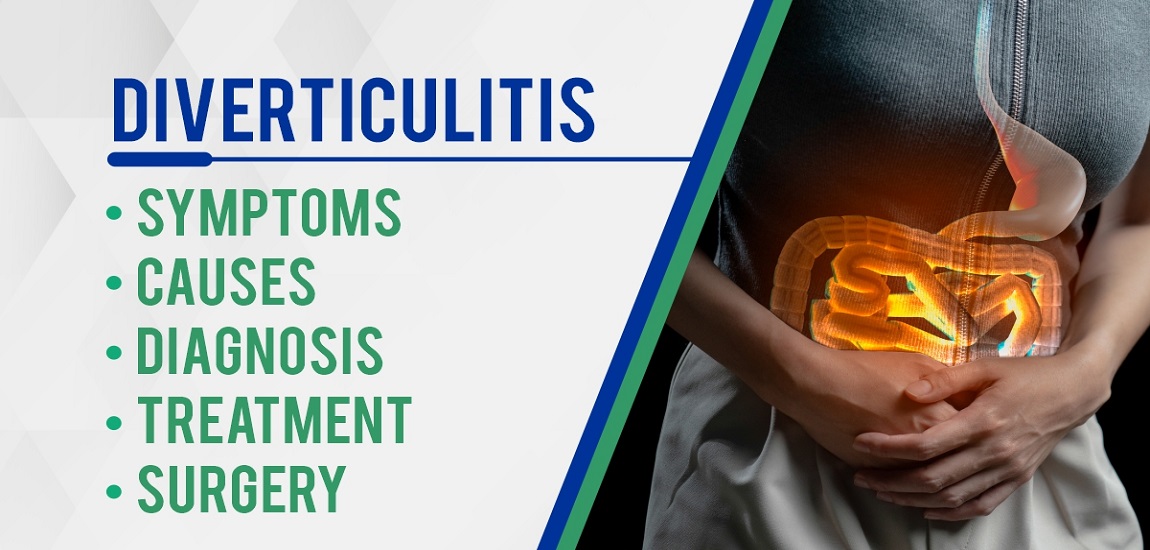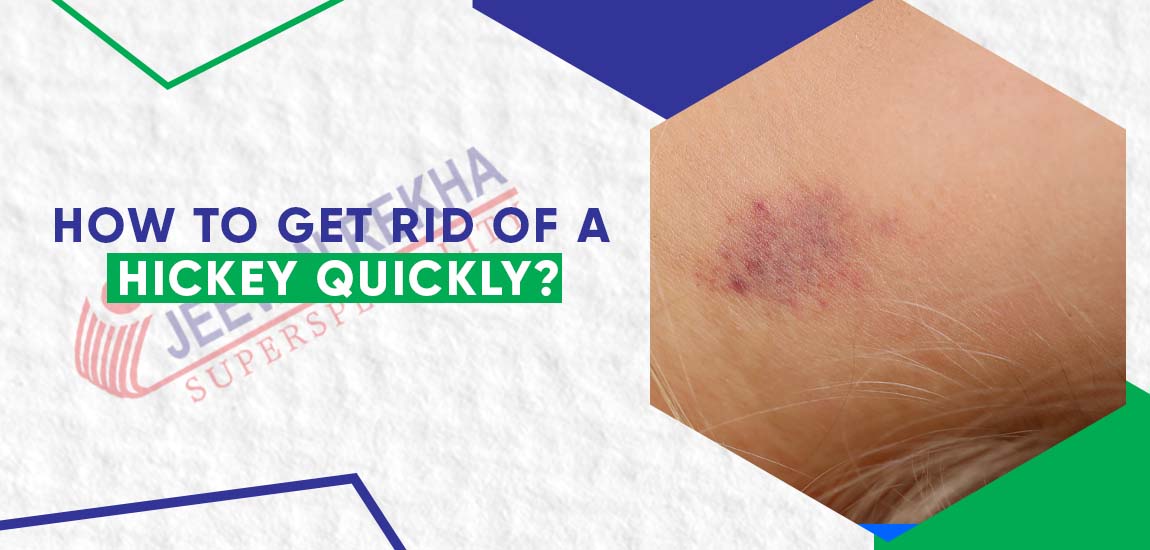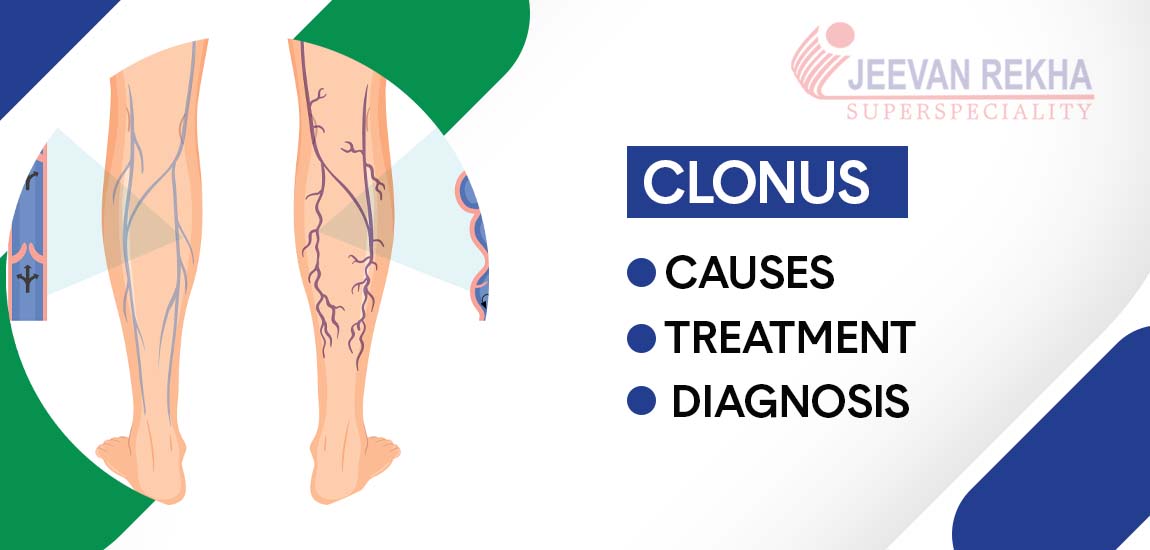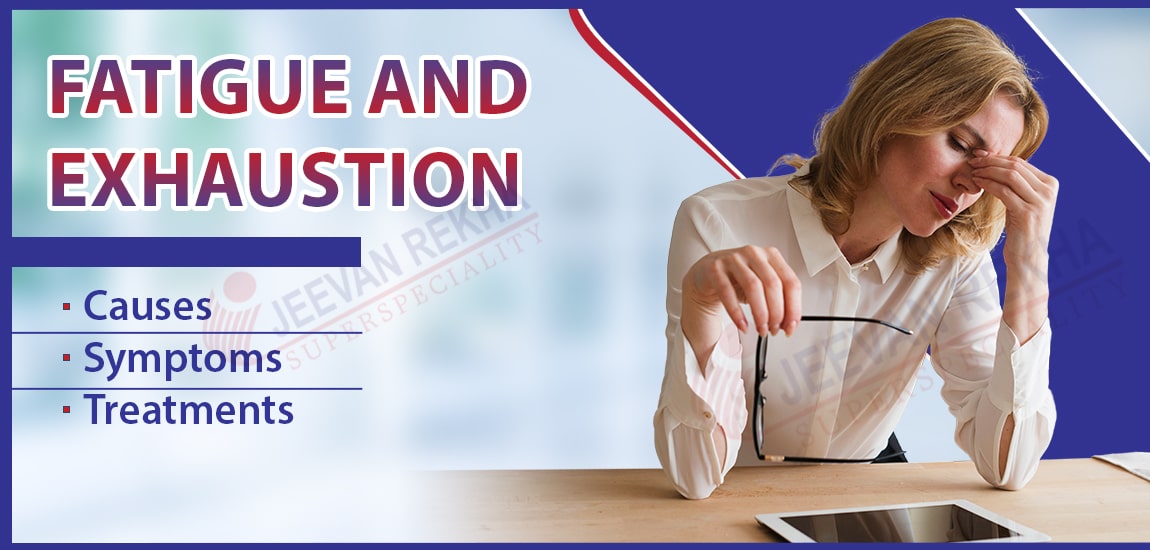
- By JRSH Admin
- In Health and Tips,
- Posted March 22, 2022
Diverticulitis: Symptoms, Causes, Diagnosis, Treatment, Surgery
What is diverticulitis?
Diverticulitis is an inflammation or infection of pouches that form in the intestines. The pouches are known as diverticula.
In general, the pouches are not harmful. Your intestines may contain them at any time. Having them is called diverticulosis. Diverticulitis occurs when the inflamed parts of the colon become infected.
Diverticulitis is not always severe. The condition can also be severe, with a perforation of the bowel or an infection (your doctor will call it a rupture).
Symptoms of diverticulitis:
It is possible to have chronic or acute diverticulitis. The acute form can cause you to experience one or more episodes of infections and inflammations. Diverticulitis is characterized by inflammation and infection that go down but never completely go away.
The inflammation may eventually lead to bowel obstruction, which may cause constipation, thin stools, diarrhea, abdominal pain, and bloating. Continually suffering from obstruction will lead to abdominal pain and tenderness, as well as feeling sick to your stomach or vomiting.
There is a range of symptoms associated with diverticulitis. They can develop quickly or gradually over several days.
Diverticular disease may cause the following symptoms:
- Abdominal pain
- bloating
- diarrhea
- constipation
Diverticulitis may lead to:
- constant or severe pain in your abdomen
- nausea and vomiting
- fever and chills
- blood in your stool
- bleeding from your rectum
Diverticulitis is characterized by abdominal pain. It is usually located on the lower left side of your abdomen.
Causes of diverticulitis:
There is no known reason why pouches start protruding from the colon. The leading cause of constipation is thought to be a lack of dietary fiber.
Insufficient dietary fiber leads to hard stools because fiber softens stools. This may cause more pressure on the colon because the stool is being pushed down by muscles. In turn, this may cause diverticula to develop.
An individual sac (diverticulum) in the colon becomes blocked or filled with stool, causing diverticulitis. Inflammation and infection are caused by bacteria growing inside the sac. The fiber in our diets seems to contribute to or prevent the development of diverticulitis, but researchers are unsure why that occurs.
Diverticular disease cannot be attributed to a single cause, but several factors can increase the risk of developing it, including diverticular disease cannot be attributed to a single cause, but several factors can increase the risk of developing it, including
- genetics
- diet
- decreased immune function
- having obesity
- physical inactivity
- smoking
- changes in the gut microbiome
- certain medications, such as steroids
What are the complications of diverticulitis?
Diverticulitis without treatment can lead to serious complications that require surgery:
- An abscess, a collection of pus around the infected diverticula, may develop. These could cause peritonitis if they penetrate the intestinal wall. It is potentially fatal. You must seek immediate medical attention.
- In cases of perforations or tears in the intestinal wall, waste can leak into the abdominal cavity, causing abscesses and infection.
- There is a possibility that scarring may result in stricture or blockage of the intestine.
- Infected diverticula can form fistulas when they connect to nearby organs. Large intestine and bladder fistulas are most common. They can cause kidney infections. Some fistulas occur between the large intestine and either the skin or the vaginal wall.
- A stricture occurs when part of the colon becomes narrowed.
Diagnosis of diverticulitis:
Diverticulitis symptoms need to be evaluated by your healthcare provider so the correct diagnosis can be determined.
During your first visit, you will be asked about your medical history, including how you feel currently, what types of foods you normally eat, how often you have bowel movements, and any medication you are taking at the time. Abdominal pain or tenderness will be checked by your Doctor.
You may also be ordered or perform the following tests to assist in diagnosing your condition:
- An infection-detecting blood test looks for signs of infection such as a high level of white blood cells.
- The stool sample is analyzed for the presence of abnormal bacteria or parasites that may be causing your infection, abdominal pains, blood in stool, diarrhea, or other symptoms.
- A digital rectal exam involves your healthcare provider gently feeling around your rectum or anus with a gloved, lubricated finger to see if there are any problems.
- Infected or inflamed diverticula can be found on a CT scan, as can the severity of diverticulitis.
- A liquid containing barium is injected into your anus in a barium enema (also known as lower gastrointestinal tract radiography). Your colon is coated with the liquid, allowing a better view of any problems present on your colon on an X-ray.
- The sigmoidoscopy exam involves inserting a thin flexible tube with a light on the end into your rectum and moving it into the sigmoid colon. Using a video camera, the tube is moved into the colon. It is possible to inspect your sigmoid colon (where most diverticula form) and rectum with the aid of the camera.
- Examining your entire colon is possible during a colonoscopy. A colonoscope is a thin, flexible, lighted tube that has a camera that is inserted into your colon through your rectum. A colonoscopy allows doctors to detect abnormal growths, ulcers, sores, bleeding, or other problems that could cause bowel problems or abdominal pain.
- A rectal angiography identifies where the bleeding is coming from if you have rapid, heavy bleeding. A harmless dye is injected into the arteries supplying the colon during this test, which allows the origin of the bleeding to be seen.
Diverticulitis treatment:
Some cases of diverticulitis can be treated with antibiotics. Individuals can generally treat mild diverticulitis on their own. A doctor may, however, prescribe antibiotics and acetaminophen to ease the pain.
Despite improved symptoms, it is important to complete the entire course of antibiotics.
When taking antibiotics, people may feel drowsy, nauseated, or vomiting.
Ciprofloxacin (Cipro), metronidazole (Flagyl), cephalexin (Keflex), and doxycycline (Vibramycin) are some examples of antibiotics.
Antibiotics can interfere with the effectiveness of the contraceptive pill for those who are taking it. After stopping the antibiotic, there is a residual effect on the contraceptive pill for about 7 days, so another method of contraception should be used during this period.
If any of the following apply, hospitalization may be necessary:
- The pain is so severe that normal painkillers cannot alleviate it.
- Hydration is not possible due to insufficient intake of liquids.
- In the case of diverticulitis, oral antibiotics cannot be taken.
- The health of these people is poor.
- If the patient's immune system is weakened, the doctor suspects complications.
- After two days, home treatment is no longer effective.
If a hospital patient is dehydrated, they will generally be given fluids and antibiotics intravenously (IV).
Diet and diverticulitis:
Diverticulitis patients do not have to avoid any particular foods. However, you may find that certain foods worsen or improve your symptoms.
During your recovery, your doctor may suggest eating more high-fiber foods. Several studies have demonstrated a reduction in diverticulitis risk with high fiber diets. Fiber has been examined as a potential treatment for diverticular disease in other studies, but the role that fiber should play is still uncertain.
Among the high-fiber foods are:
- Loaves of bread, pasta, crackers, barley, brown rice, and oatmeal are examples of whole-grain foods.
- Fruit, such as berries.
- Broccoli, cabbage, spinach, carrots, asparagus, squash, and beans are some vegetables.
- The brown rice.
- Various grains can be used to make bran products, including rice, corn, wheat, oats, barley rye, and millet.
- Beans and peas that are cooked in the oven.
In addition to preventing constipation, a high-fiber diet brings benefits such as lower blood pressure, reduced cholesterol, improved blood sugar, and fewer intestinal diseases such as colon cancer.
Surgery:
Those who have experienced at least two episodes of diverticulitis might benefit from surgery. Diverticulitis surgery may be beneficial for patients who have experienced at least two episodes.
During a colon resection, a section of the affected colon is removed and the remaining healthy sections are connected.
The process of introducing solid foods to patients after colon resection should be gradual. In most cases, patients' normal bowel functions will be unaffected.
In what circumstances is diverticulitis treated with surgery?
The following conditions can lead to diverticulitis surgery:
- The term "abscess" refers to a container or contained infection in the abdomen. A needle or catheter cannot drain an abscess (a collection of bacteria and white blood cells), so surgery is required. Surgery involves removing the colon part affected by the abscess and cleaning up the abscess.
- Peritonitis occurs when your colon tears (perforations), letting pus or stool leak into your abdominal cavity. As a result of this infection, patients require immediate surgery to clean the cavity and to remove the damaged part of the colon.
- The scars left behind by previous infections in the colon can cause partial or complete blockages or strictures (narrowing of sections of the colon). The complete obstruction in the colon requires surgery (partial obstruction does not).
- Fistulas are abnormal passageways (or tunnels) in which one organ connects with another. These passageways are created by an abscess that erodes into the surrounding tissue. A fistula in the colon can connect to the skin, bladder, vagina, uterus, or another part of the colon. Surgical closure is usually needed for fistulas since they do not close on their own.
- Continuous rectal bleeding is called diverticular bleeding. Diverticular bleeding occurs when a small blood vessel adjacent to the diverticula bursts. In about 20% of cases, mild bleeding becomes chronic if left untreated. If other methods fail to stop the bleeding, such as clipping, infusions of drugs, or cauterization, surgery may be needed. Emergency surgery may be necessary if bleeding is heavy and rapid.
- Other treatment methods have not been effective in treating severe diverticulitis.
- Even after following a high-fiber diet, I had multiple attacks. It may be that you and your surgeon agree that removing the diseased part of the colon is the best way to prevent future attacks.
Home remedies for diverticulitis:
Making dietary changes is the most common home remedy for diverticulitis, but there are a few other options that may also be helpful.
Diverticulitis can be treated at home with:
- Taking probiotics. Some studies have found that certain strains of probiotics may alleviate or prevent diverticulitis symptoms. The findings require further study.
- The aromatherapy. There is evidence that certain essential oils can reduce pain, which could prove helpful in treating your symptoms.
- Treatment with acupuncture. In addition to improving digestive problems like constipation, some research suggests acupuncture may also help treat chronic pain.
- Medicinal herbs. Ginger, turmeric, and rosemary are all-powerful anti-inflammatory herbs. The effects of these herbs on diverticulitis must, however, be evaluated in further research.
Preventing diverticulitis:
Rectal, colonic, and anal bleeding can often be prevented by the following tips :
- Fiber-rich diets that are balanced
- Maintaining hydration
- Using the restroom without straining
- Using a soft cloth to wipe the anus
- Constipation that has persisted for an extended period can be treated with over-the-counter remedies, such as stool softeners
- OTC remedies such as bismuth subsalicylate can be used to treat chronic or prolonged diarrhea
- Whenever possible, avoid lifting heavy objects
- Being healthy and maintaining a healthy weight
- When experiencing symptoms, take frequent, long baths
- Treating related medical conditions according to a doctor's instructions
- Stay away from spice, rich foods, fatty foods, heavily processed and refined foods
- Examining abnormal growths in the area with a doctor
- Preventing overuse of nonsteroidal anti-inflammatory drugs (NSAIDs)
- While having anal sex, wearing a condom
A doctor should be consulted when experiencing gastrointestinal symptoms that could be indicators of underlying health conditions, including infections, digestive problems, or abnormal growths.
Risk factors for diverticulitis:
The incidence of diverticulosis increases after the age of 60. Research has not yet determined which individuals are most likely to develop diverticulitis, but the following factors appear to increase the risk:
- Smoking
- Low activity lifestyle
- Steroids and opioids are among certain medications
- Obesity
- Several genetic diseases, including Marfan syndrome and Ehlers-Danlos disease, can increase a person's risk of developing the sacs at a younger age, both of which affect connective tissue in the body
Diverticulitis may be on the rise among young adults, according to new research. We may be seeing this trend due to an increase in obesity, a reduction in physical activity, and changes in dietary habits
Diverticulitis vs. diverticulosis:
Essentially, diverticulosis is the presence of these small bulges or pockets in the colon (diverticula). The bulges are usually not symptomatic and don't require treatment. Diverticulitis, however, can result from diverticulosis.
The epithelium of one or more diverticula is inflamed and infected by diverticulitis. In addition to pain, nausea, and fever, you may also experience other symptoms. A serious condition such as this can pose serious risks and harm.
Other forms of diverticulitis:
The four stages of diverticulitis were outlined by Henchey and associates:
- Stage I: A pericolic abscess confined to the colon mesentery.
- Stage II: Perforation of a pericolic abscess leads to a pelvic abscess. Abscesses are commonly surrounded by the intestinal wall, mesocolon, omentum, small bowel, uterus, fallopian tubes, ovaries, and/or pelvic peritoneum.
- There is a possibility of a peritoneal abscess pushing into the free peritoneum during Stage III.
- Fecal peritonitis due to free perforation of a diverticulum corresponds to Stage IV.
It is generally not possible to treat Stage III and Stage IV diseases nonsurgically. Nonoperative treatment may be considered for patients with stage II disease, using CT-directed drainage of the abscess and antibi
Tags
Blog Search
Latest Posts
-
बर्ड फ्लू के लक्षण, कारण, उपचार और बचाव के उपाय जानें
December 04, 2025 -
Best Diet Plan for Menopause Weight Management
November 25, 2025 -
Pulmonary Fibrosis Treatment: Understanding Lung Scarring and Breathing Problems
November 21, 2025 -
Arrhythmia: Types, Causes, Symptoms, and Treatment
November 07, 2025 -
Silent Heart Attack: Causes, Symptoms and Treatment
October 24, 2025




